Part 2
Growing Storm (1938 - 1944)
In November of 1938, the Hungarian Army entered Mukaveco. Many Jews, especially the older generation, responded favorably to the restoration of Hungarian rule based upon memories of the Austro-Hungarian regime. But the Hungarian authorities and gendarmerie force began imposing laws against Jews and confiscating businesses. Harassment and persecution of Jews became common in the streets of now called Munkacs (Hungarian). Following the stalled war effort against the Soviet Union, Germans forces entered all of Hungary, its erstwhile ally, in March, 1944. Within weeks the Jews of Munkacs were forced into two brick factories that served as ghettos, and the Nazi’s “Final Solution”—the extermination of European Jews—was about to begin.
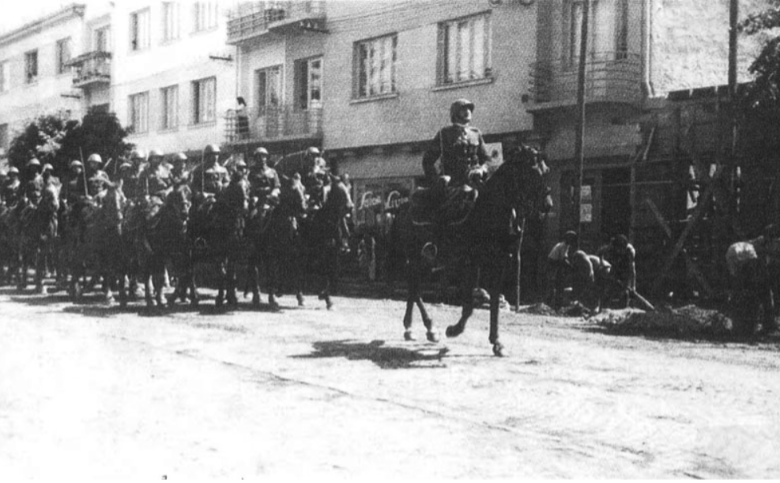
The Hungarian army enters Munkacs, November, 1938 (Courtesy: Tuvia Klein and Yad Vashem)
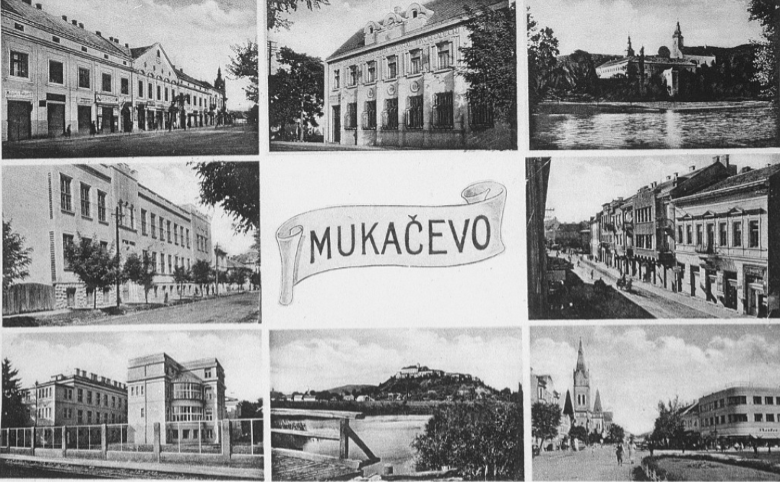
Postcard with different sights in Mukacevo, Czechoslovakia, that became Munkacs after Hungarian invasion in 1938 (United States Memorial Holocaust Museum)
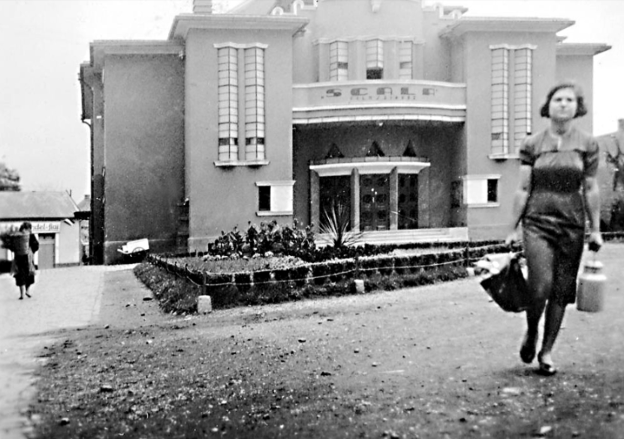
The Scala cinema in the center of Munkacs, 1942.
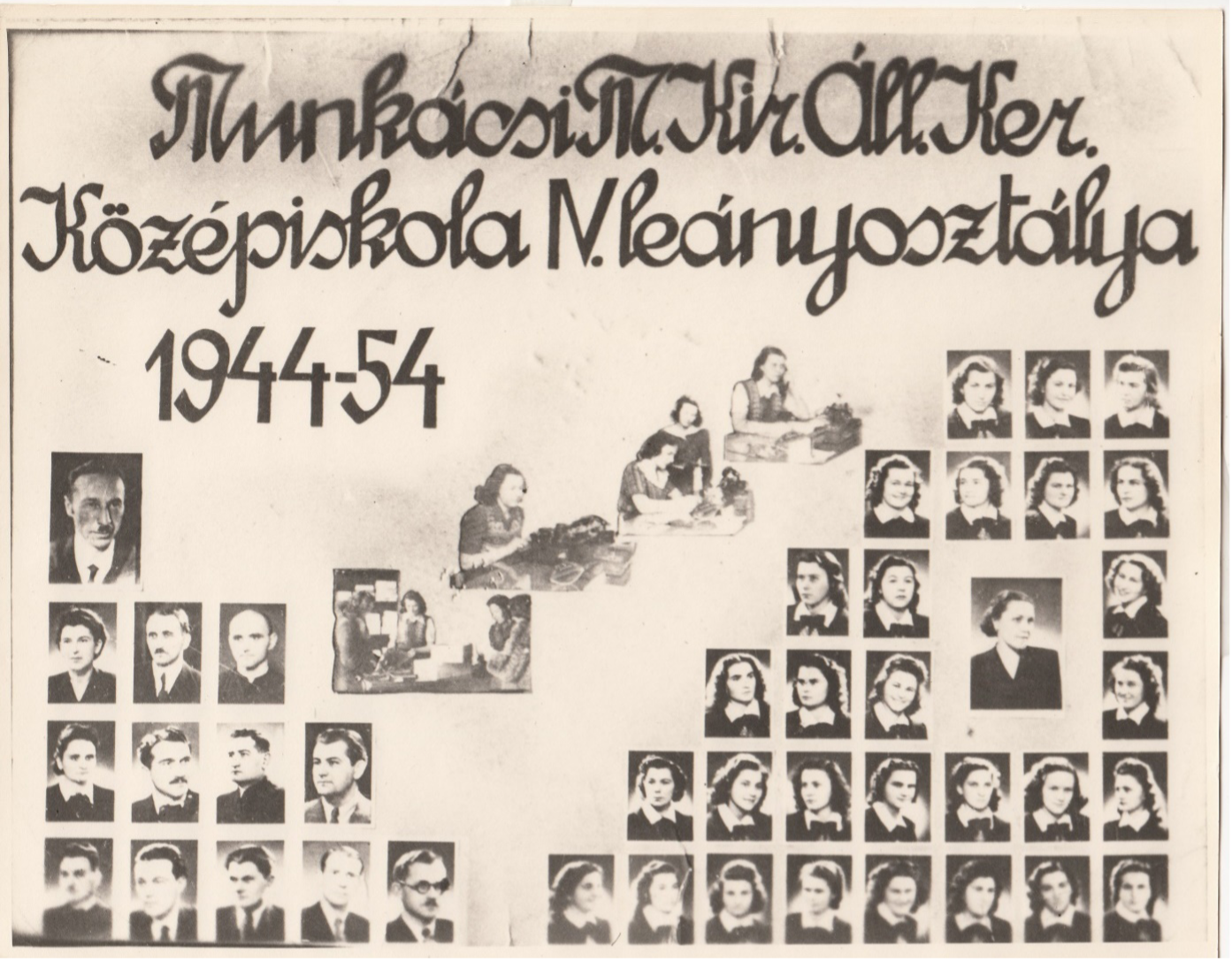
Graduating class of the Royal Hungarian Business Academy. Manci and Frici are both in the second from the bottom row. Manci is second in from the right and Frici is on her left.

A Hungarian gendarme checks a woman entering the Munkacs ghetto (Courtesy: Ghetto Fighters' Museum, Yad Vashem).
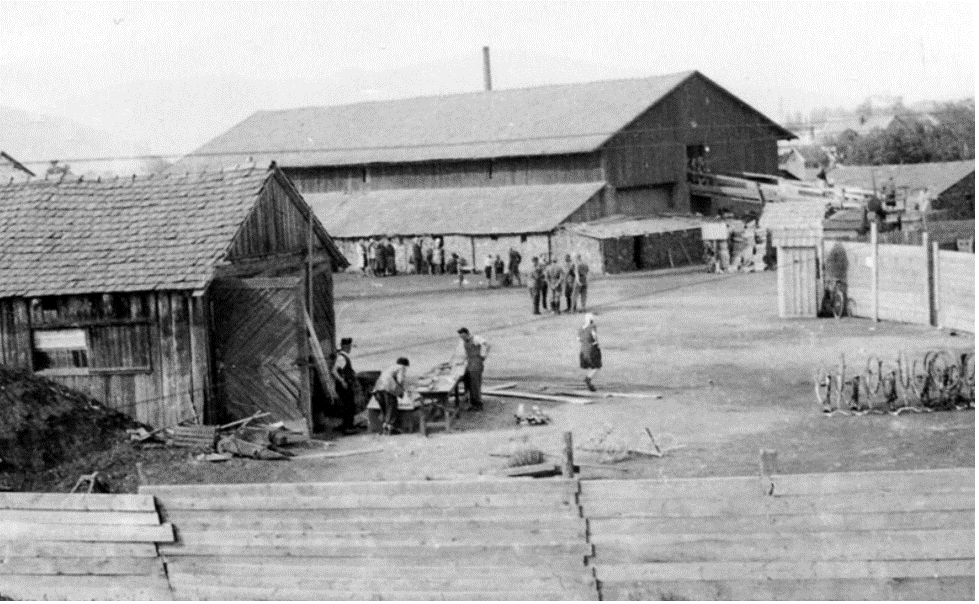
The Munkacs brick factory where the Jews of the town were brought before their deportation to Auschwitz-Birkenau (Courtesy: Ghetto Fighters' Museum, Yad Vashem).
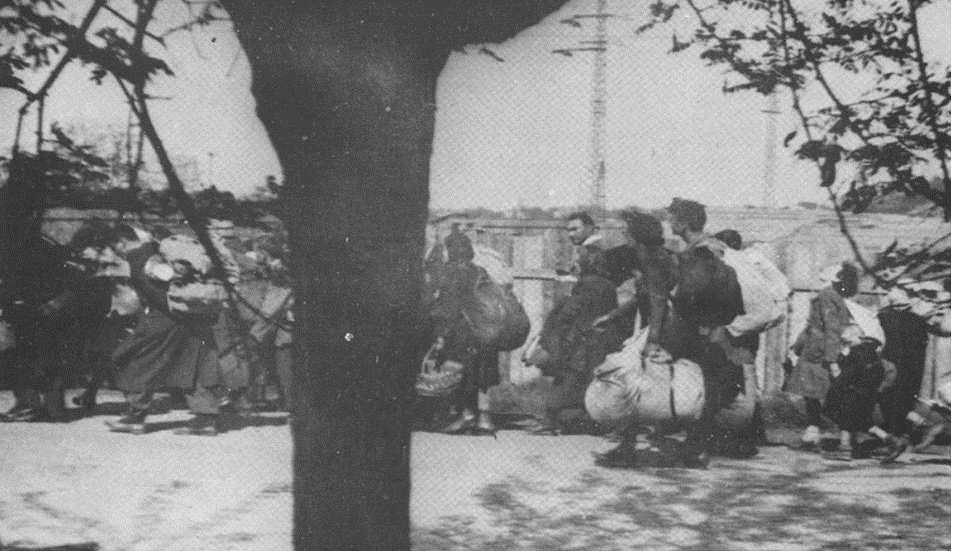
Deportation of the Jews of Munkacs, 17 May 1944. The Jews walked with their possessions from the ghetto to the brick factory, from where they were deported (Booklet of the International Conference of Munkacs Hebrew Gymnasium Students, June, 1981).
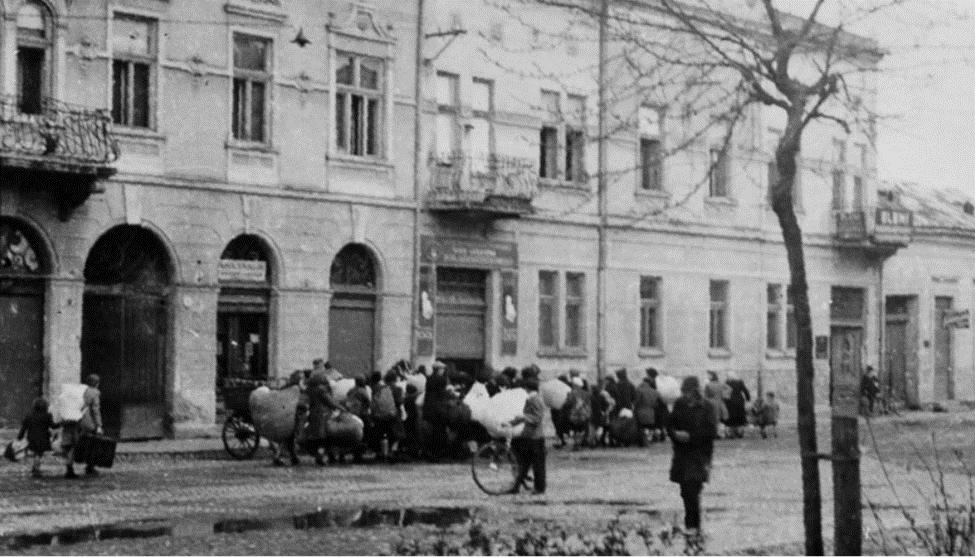
Deportation of Munkacs. Jews walked with their possessions along Mihaly Street and brought to the brick factory from where they were deported (Courtesy: Ghetto Fighters' Museum, Yad Vashem).
Maps
United States Holocaust Memorial Museum—Holocaust Encyclopedia
